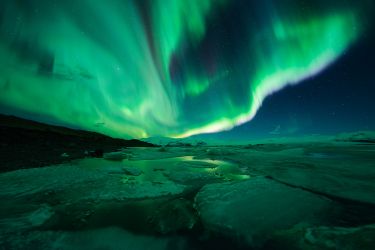Earth Sciences

Environment
Earth’s invisible shield can help reveal our past and our future
Dr Agathe Lise-Pronovost studies the Earth’s magnetic field, which protects our planet from harmful cosmic rays and leaves its signature in ancient rocks

Sciences & Technology
Does Melbourne’s rain occur in ‘lines’?
From 15 years of radar data, researchers show Melbourne’s rain often appears in ‘squall lines’ across the city, and they make a substantial contribution to total rainfall because of their size and motion

Sciences & Technology
When the Earth’s magnetic field flipped
Research finds the first Australian-based record of a major global event where the Earth’s magnetic field ‘switched’ – and north became south

Sciences & Technology
A new thermometer for studying our past climate
Researchers have a new tool to understand our climate history, and how different regions may have responded to past global climate change

Sciences & Technology
When Central Australia slipped and trembled
The 2016 magnitude 6.0 earthquake in the Petermann Ranges gives researchers key insights into how some faults may break in Australia to produce larger earthquakes

Sciences & Technology
Australia’s mountains are still growing
Research using the age of caves shows the Eastern Highlands of Victoria have been steadily growing at a rate of 76 metres every million years, and are still going

Sciences & Technology
What causes an ice age to end?
In order to know why an ice age ends, we need to know when it ended. Now, new research is working to solve one of the enigmas in palaeoclimatology

Environment
Iron and Ice: How life survived snowball Earth
Iron-rich rocks deposited by ancient glaciers tell a tale of evolving complex life forms, taking refuge in an oasis of oxygenated seawater

Environment
Podcasts
The artistry of geology
Engineering geologist Michael Webster has combined his passion for Melbourne’s geology with art – turning geotechnical assessments into 3D printed models

Sciences & Technology
Probing Earth’s deep and ancient secrets
A rock that is the source of most of the world’s diamond deposits is giving us insights into the Earth’s formation